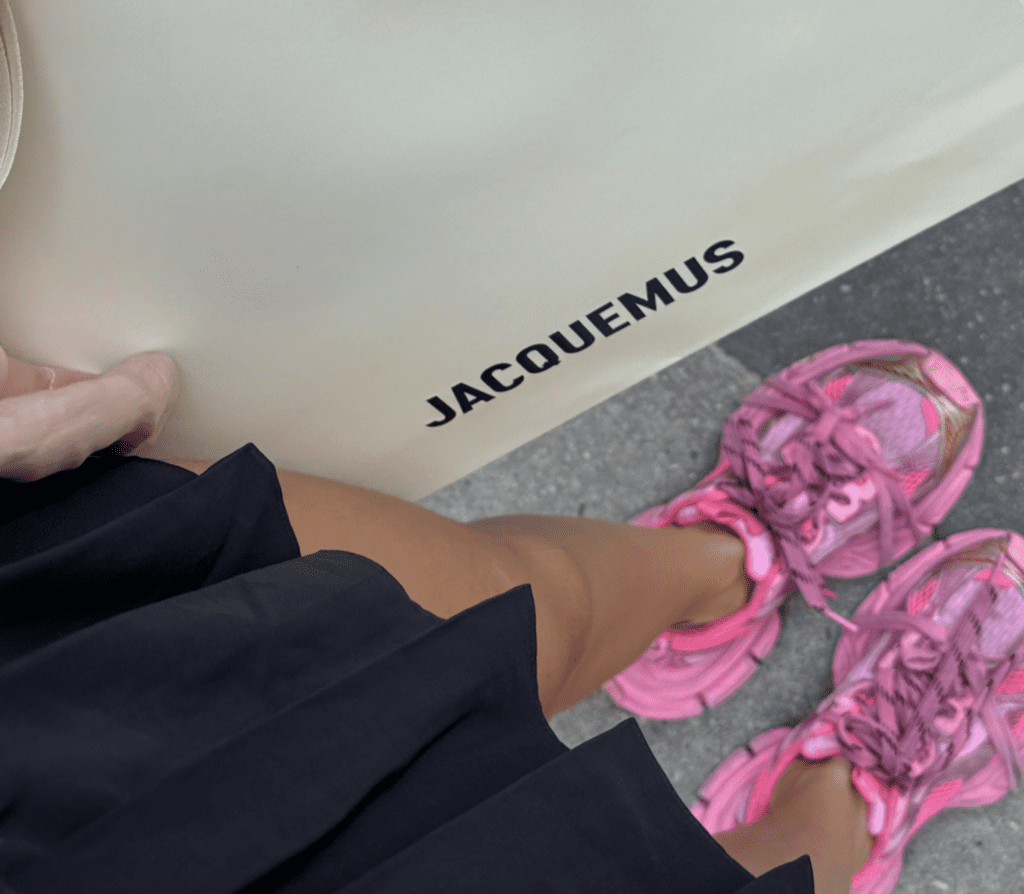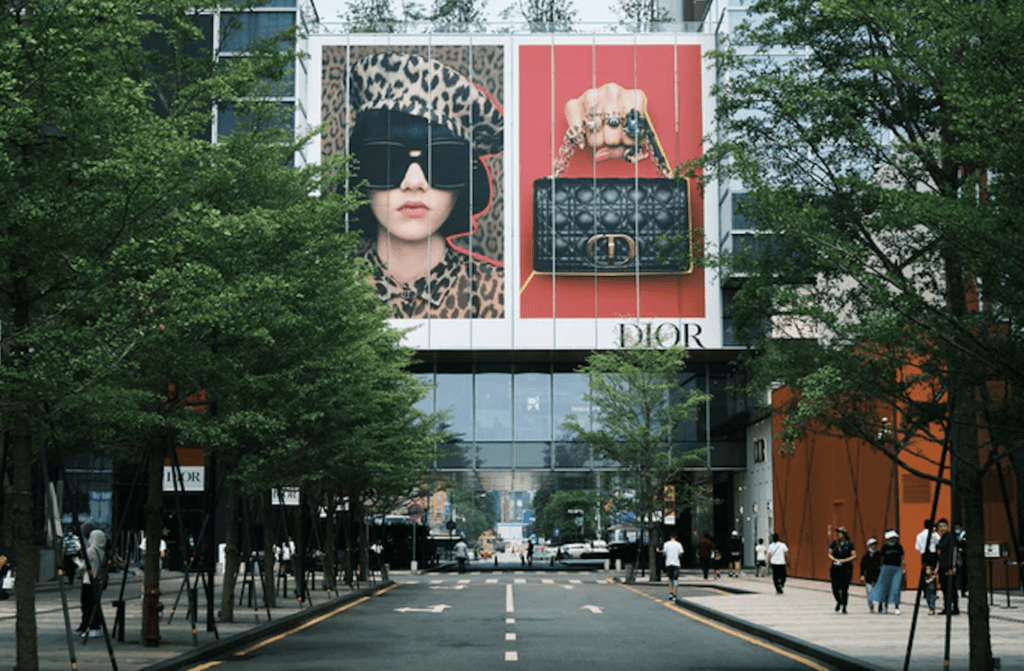A TikTok trend called “underconsumption core” has gained traction online. This trend champions minimalism and frugality, and encourages people to maximize the utility of their purchases and buy only what they truly need, challenging the culture of consumerism. Instead of showcasing large hauls of clothing, makeup or over-flowing fridge shelves, users are posting videos showing thrift store purchases, modest wardrobes and practical, well-used everyday items.
The rise of this trend can be linked to several challenges facing young consumers today, including increasing economic pressures, environmental concerns, and social pressures, all of which are particularly affecting Gen Z and younger millennials. Similar to the de-influencing trend, underconsumption also appears to be a reaction to overconsumption — especially the way influencers have normalized it by posting haul videos. By promoting underconsumption, online users are rejecting and pushing back against this aspect of “influencer culture.”
Underconsumption Core: Born of necessity
Younger demographics are likely engaging with it as a way to adapt to increasing financial pressures. For instance, the average federal student loan debt balance in the United States is $37,574 per borrower, according to the Education Data Initiative. Student debt is a significant financial burden that often forces young adults to prioritize debt repayment over discretionary spending. Inflation is also continuing to erode Gen Z’s purchasing power. While there are signs of economic relief, such as interest rate cuts, the cumulative effects of high prices continue to strain young peoples’ budgets.
Underconsumption core represents a growing awareness and adaptation to these economic realities, but that is not the only reason. Another driver of the underconsumption trend appears to be environmental consciousness.
Environmental concerns
Mass consumerism has created significant environmental effects, including the generation of vast amounts of waste. In Chile’s Atacama Desert, an estimated 11,000 to 59,000 tons of used clothing is sitting in a landfill. This is just one example of how overconsumption is polluting the environment. A recent report from online resale platform ThredUp found that 65 percent of Gen Z respondents want to shop more sustainably. However, one-third felt “addicted to fast fashion,” and 72 percent said they shopped for fast fashion in 2022. Similarly, researchers from Sheffield Hallam University in England found that 90 percent of university students bought fast fashion in 2022.
Despite the overarching hold that fast fashion has on consumers, many of these same individuals are concerned with sustainability and are actively seeking ways to be more responsible. Our recent study found a consistent shift in consumer attitudes towards sustainability practices, especially in fashion. This is particularly the case with Gen Z, who rely heavily on social media for shopping inspiration. As younger consumers become more aware of the environmental impact of their purchasing decisions, they are increasingly drawn to sustainable fashion content.
This shift in consumer mentality aligns with the broader cultural phenomenon known as the “Marie Kondo effect,” named after the Japanese organizing consultant who is an advocate for only keeping things that bring one value and joy. Kondo’s influence has sparked a growing interest in intentional consumption.
However, it is important to note that, in some instances, sustainable consumption behaviors may be driven more by selfish motives than purely altruistic ones. By choosing to consume less or more mindfully, younger individuals can project an image of thoughtfulness, responsibility, and uniqueness – qualities that are increasingly valued in the social media landscape.
Omar H. Fares is a lecturer in the Ted Rogers School of Retail Management at Toronto Metropolitan University.
Seung Hwan (Mark) Lee is a professor and Associate Dean of Engagement & Inclusion in the Ted Rogers School of Management at Toronto Metropolitan University .














